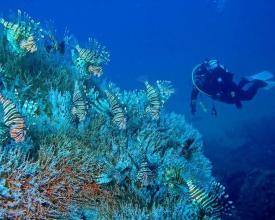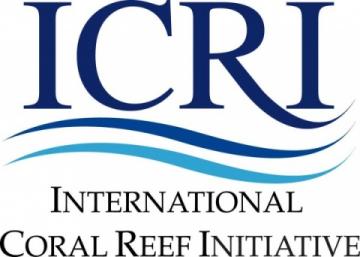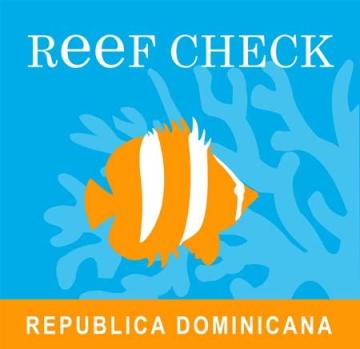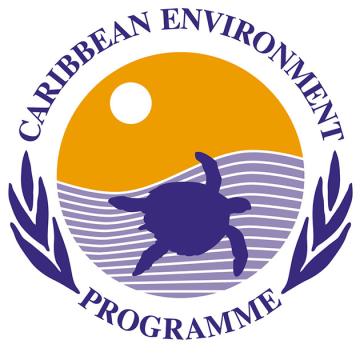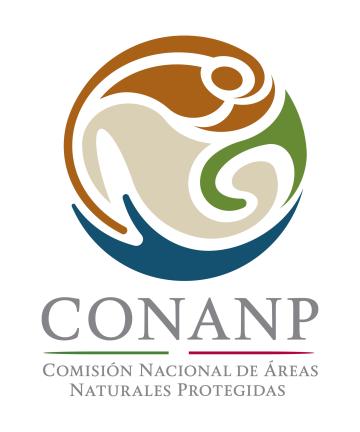
Strategy for the control of invasive lionfish
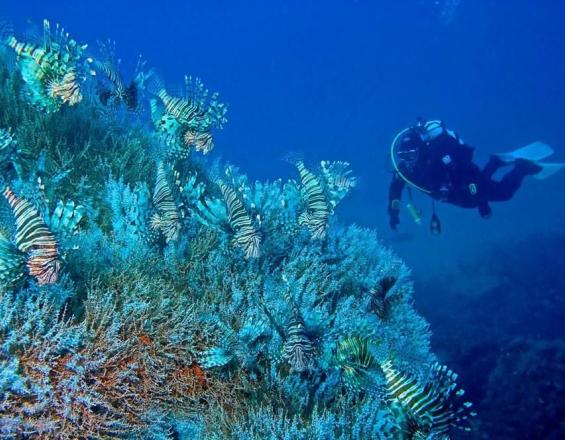
The invasion and proliferation of lionfish threatens biodiversity in the Wider Caribbean Region. A strategic plan for their control provides a framework to address the invasion with a concerted approach across political and geographical boundaries. Cooperation is promoted among governments, reef-reliant industries, civil society and academia. A transboundary research and monitoring agenda is coupled with local action plans, information campaigns and the adaptation of policy guidelines.
Context
Challenges addressed
Location
Process
Building Blocks
Regional and intersectoral collaboration
Enabling factors
Lesson learned
Research and monitoring
Enabling factors
Lesson learned
Control of lionfish populations
Enabling factors
Lesson learned
Awareness raising on invasive species
Enabling factors
Lesson learned
Impacts
The results of pilot areas have shown a clear reduction in the lionfish population: 17 individuals per hectare compared to previously extremely invaded areas with 320 individuals per hectare. The commercial use of lionfish generated important economic benefits in fishing communities – e.g. in the case of Cozumel and Puerto Morelos where the consumption of lionfish is even promoted as a delicacy. Furthermore, the free access to lionfish for the entire community beyond the commercial fishery helps to secure alimentation.
Beneficiaries
Connect with contributors
Other Organizations

